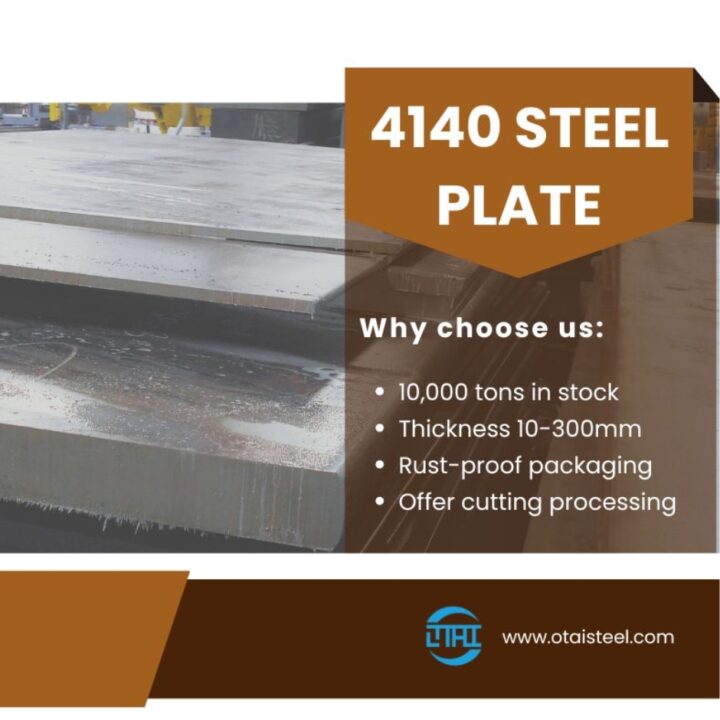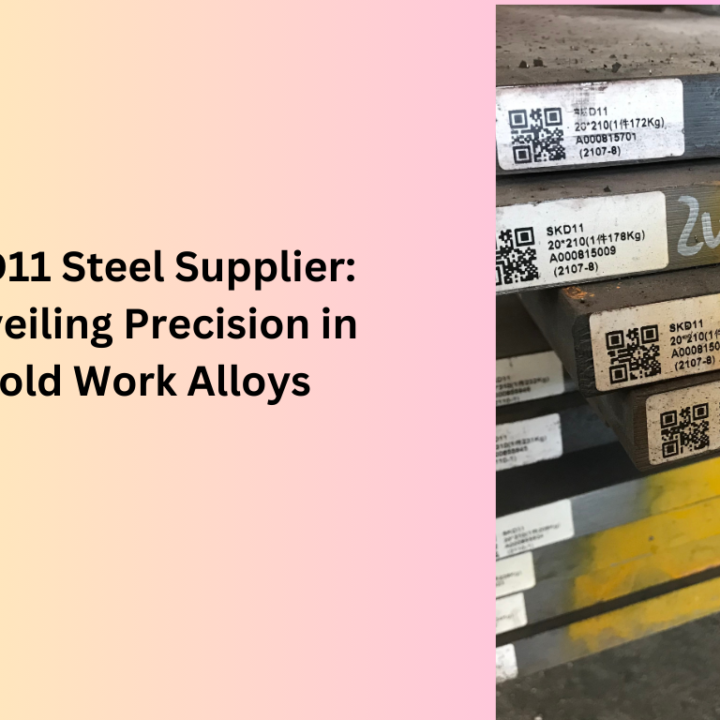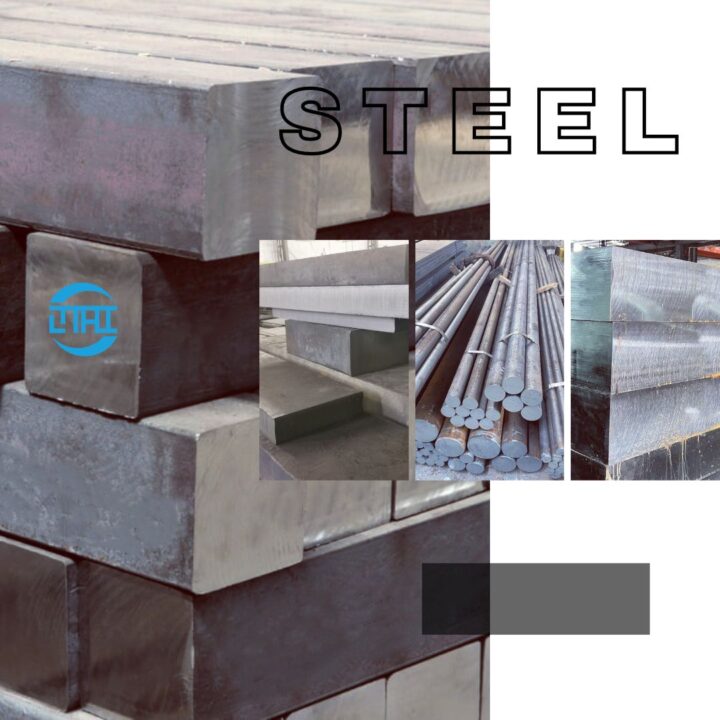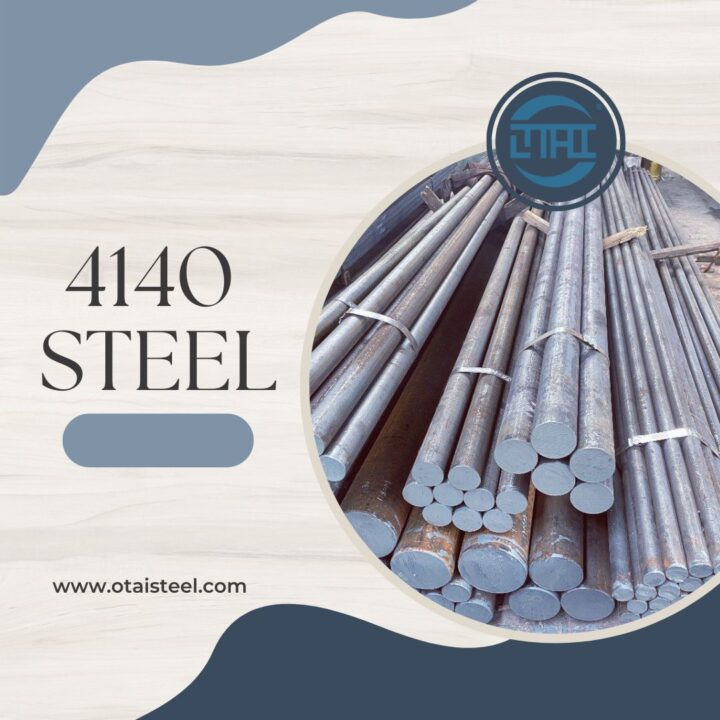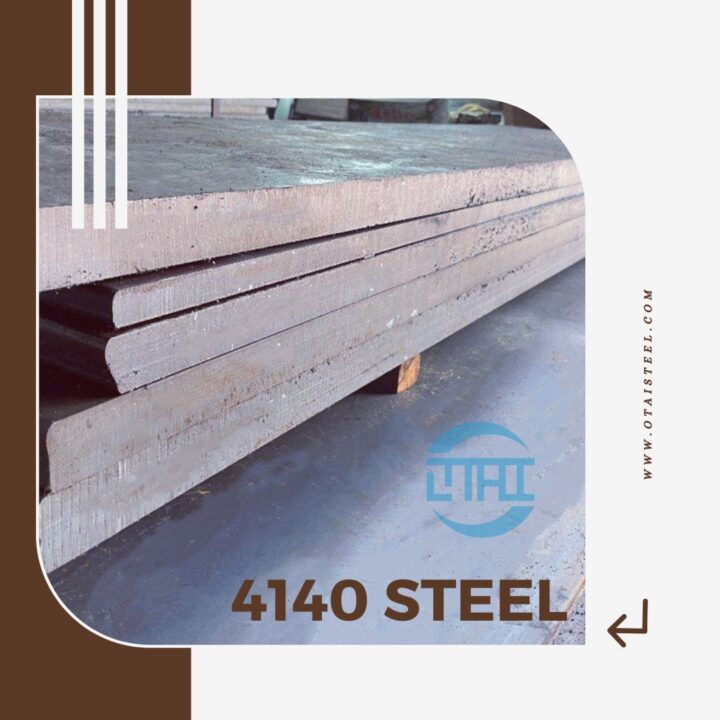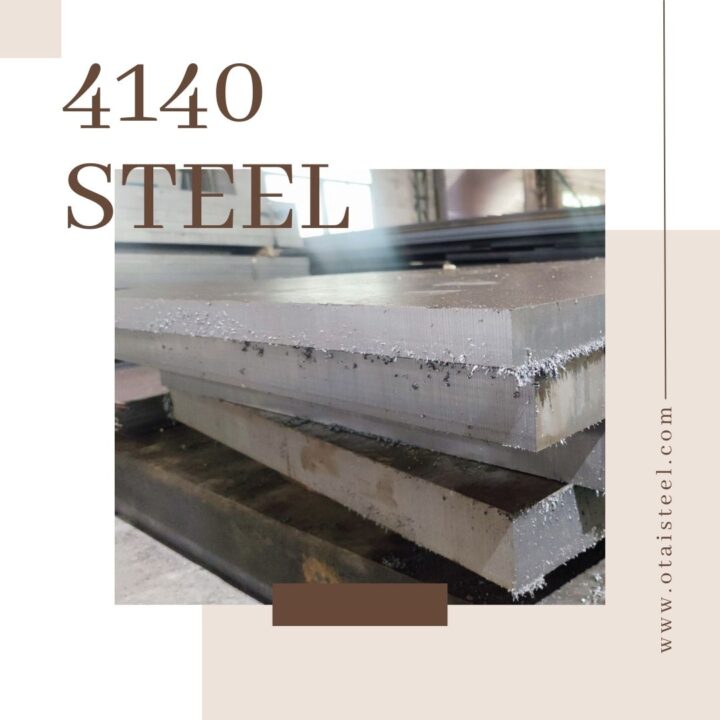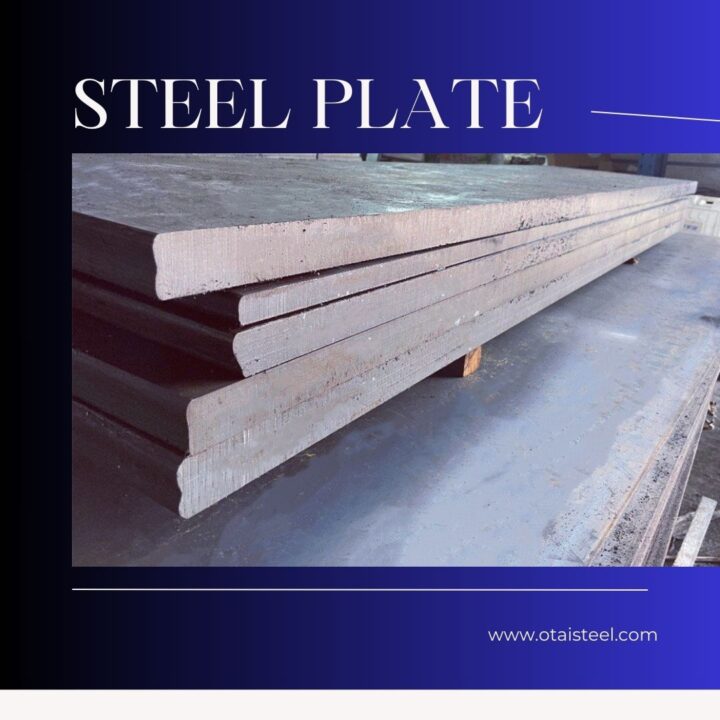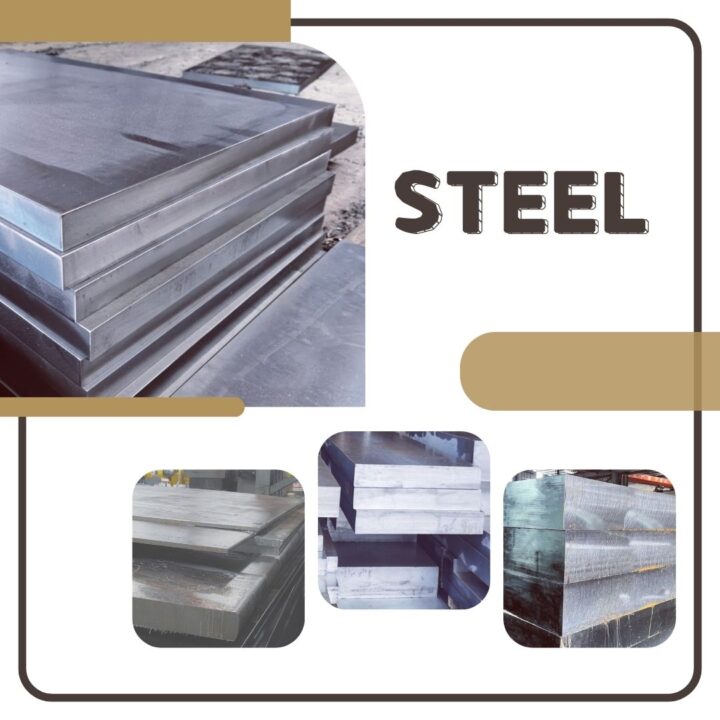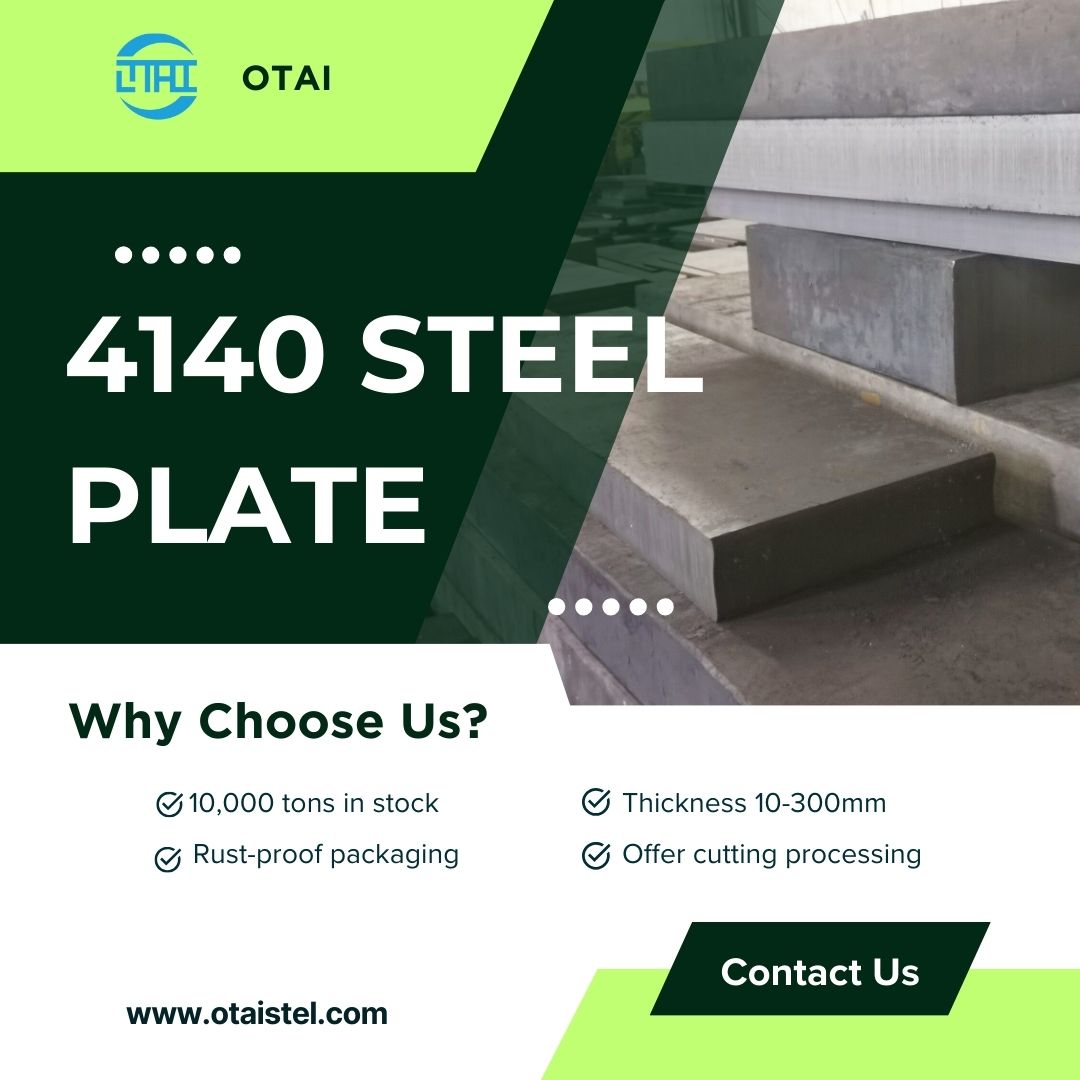 4140 alloy steel vs stainless steel: The Battle of the Industrial Elite
4140 alloy steel vs stainless steel: The Battle of the Industrial Elite
In the broad field of industrial materials, 4140 alloy steel and stainless steel emerge as standout choices. These metals go beyond mere functionality; they symbolize resilience and durability in diverse applications. This analysis delves into their distinct characteristics, highlighting the subtle differences that define their roles in the industrial landscape.
**4140 Alloy Steel: The Stalwart Performer**
Imagine a material that excels under extreme conditions, unwavering in its strength. 4140 alloy steel is more than just a metal; it represents engineering prowess, designed to meet the demanding needs of modern industry. Its significant chromium and molybdenum content is not just a chemical detail but the cornerstone of its exceptional durability and stress performance.
**Stainless Steel: The Ultimate Corrosion Barrier**
Envision a material that endures over time, maintaining its integrity in the harshest environments. Stainless steel transcends being just a metal; it signifies durability and cutting-edge design. Its chromium content forms a protective barrier that resists corrosion, embodying a lasting strength that persists through time.
**Comparing Strengths: Two Types of Steel**
Strength varies with context. 4140 alloy steel boasts remarkable tensile strength, ideal for applications requiring rigidity and durability, serving as a reliable component in machinery.
Conversely, stainless steel may not match 4140 in raw strength but excels in longevity. Its ability to retain structural integrity in corrosive conditions underscores its design strength, making it suitable for challenging environments.
**Corrosion Resistance: A Key Differentiator**
When it comes to resisting corrosion, stainless steel holds a distinct edge. Its chromium forms a protective layer through oxygen interaction, creating a self-repairing shield against rust. This makes it a robust defender against deterioration.
4140 alloy steel, though less naturally resistant to corrosion, can be protected through heat treatments and coatings, demonstrating that strength manifests in various ways.
**Real-World Uses: Showcasing Strength**
In automotive applications, 4140 alloy steel provides the strength required for high-stress components due to its excellent strength-to-weight ratio.
In contrast, stainless steel shines in cutlery and kitchen tools, where its corrosion resistance, ease of maintenance, and aesthetic appeal make it the material of choice.
**Cost and Maintenance: Long-Term Considerations**
Stainless steel may have a higher initial cost, but its low maintenance needs can offer better long-term value. 4140 alloy steel, while generally more affordable initially, may demand more upkeep under tough conditions. However, its durability can offset these additional maintenance costs.
**Inventory and Supply Chain: Ensuring Availability**
For industries using 4140 alloy steel, maintaining a robust inventory is crucial for handling demand surges. Immediate access to this material is essential for meeting deadlines.
Stainless steel, with its variety of grades, requires a flexible supply chain to meet specific project needs. Ensuring the right grade is available is critical for project success.
4140 alloy steel vs stainless steel: The Battle of the Industrial Elite
Selecting between 4140 alloy steel and stainless steel involves more than a comparison of strength and resistance. It necessitates a thorough evaluation of your project’s unique needs and each material’s specific attributes. By understanding these nuances, you can ensure your project achieves optimal durability and performance.
